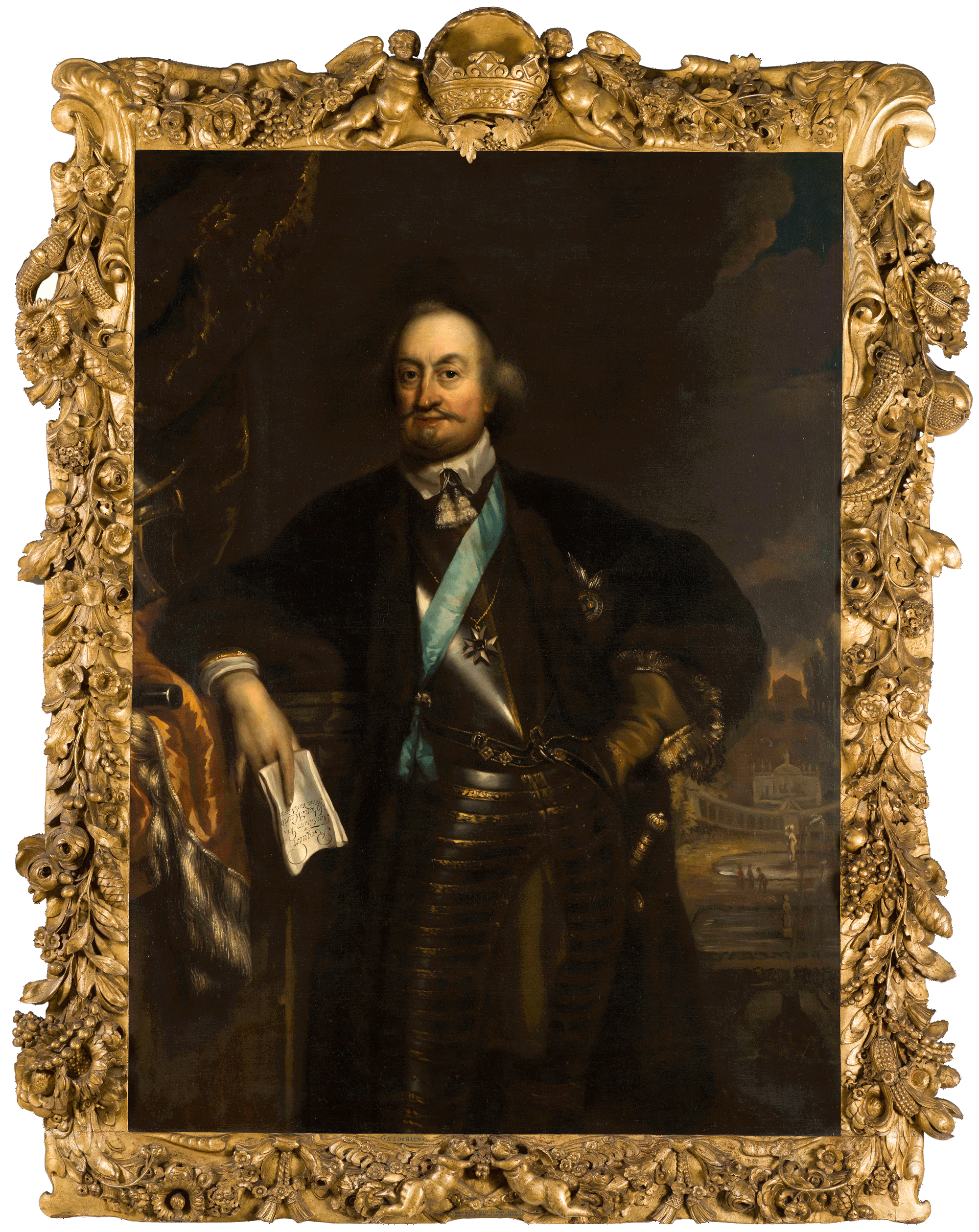Shifting Perceptions and Scientific Research
Johan Maurits spent eight years (1636-1644) as the governor of the Dutch plantation colony in Brazil, a coastal area in the northeast of Brazil that had been seized from the Portuguese in order to profit from its lucrative sugar plantations. Today Johan Maurits is best known as the ‘enlightened’ governor who, together with artists, architects and scientists, mapped out parts of the South American colony – both literally and figuratively. This view of Johan Maurits can be seen as somewhat one-sided: his role in and contribution to the Dutch West India Company’s transatlantic slave trade have, for example, gotten relatively little attention until now.
The Mauritshuis has initiated a research project in order learn more about other aspects of the history of the Dutch colony in Brazil and of Johan Maurits that have been understudied. The first steps were taken in 2018, when an inventory of sources was taken. This will lead to a long-term research programme that will start in 2020 and will result in a various publications. This research will focus on subjects such as a more in-depth understanding of the financing of the Mauritshuis (which in the seventeenth century was also known as the ‘Maison du Sucre’), as well as Johan Maurits’s contribution to and influence on the trade in enslaved Africans.
Broader Context
In addition to works of art from the museum collection, the modern replica of the bust of Johan Maurits (polyresin with marble grit, 1986) will also be on display in the exhibition. This bust was removed from the Mauritshuis foyer in 2017 and put into storage after a presentation about Johan Maurits was installed in the museum’s permanent collection. The removal of the bust triggered a public debate that attracted considerable media attention at the start of 2018. With the upcoming exhibition, the Mauritshuis seeks to place the present-day discussion within a broader context.
Programme of Events
The Mauritshuis is organising an extensive programme of events to accompany Shifting Image. During the exhibition, there will be workshops, lectures, public debates and a performance, as well as song and dance. An education project is also being developed for secondary school students in which the students themselves will go in search of Johan Maurits and their own personal story.


